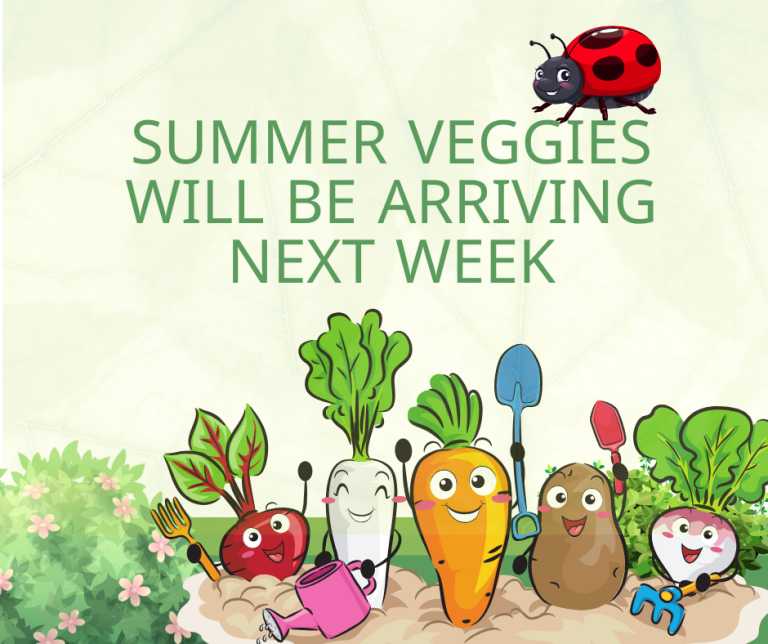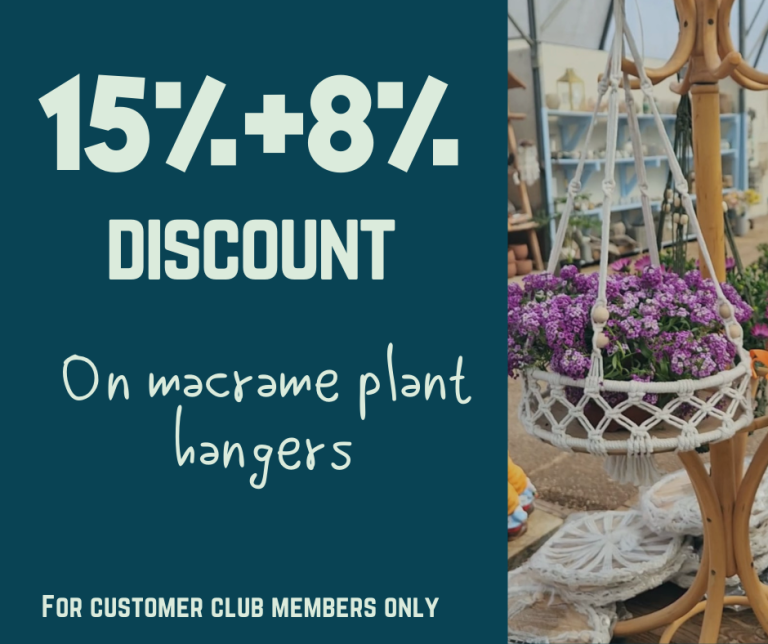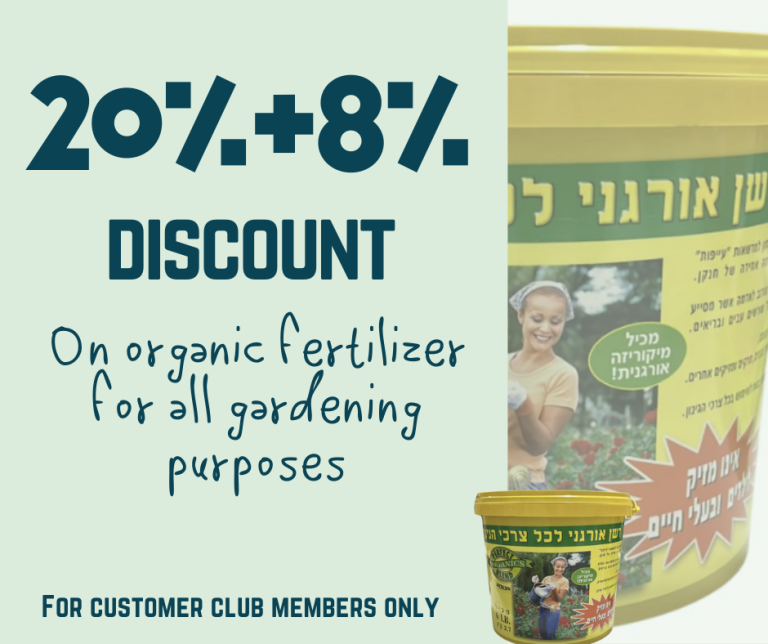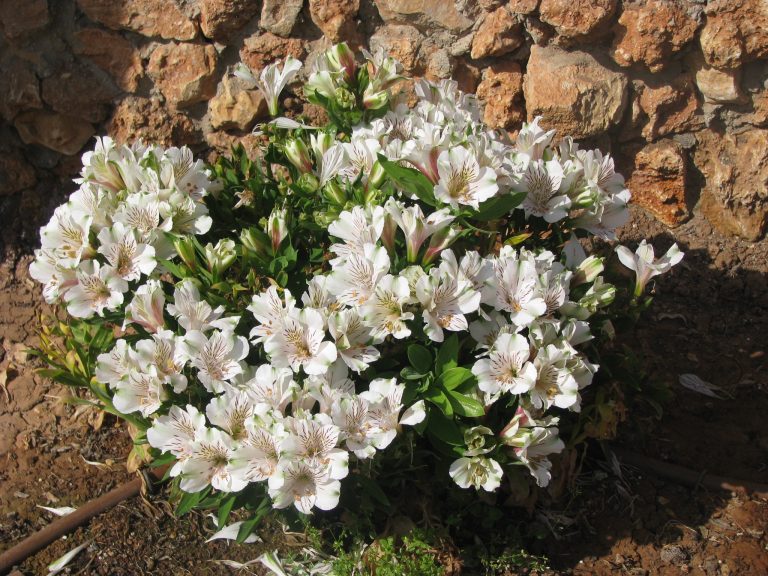











The vegetable garden is getting ready for summer
- A variety of hot peppers starting from: "this is spicy?" up to: "its burning, where's the water?!?!?"
- A variety of sweet, sweet peppers
- A diversity of cherry tomatoes, and their big sisters – the regular tomatoes
- Pumpkins and zucchinies
- Cucumbers and facus cucumber
- Watermelons and melons (so many Cucurbits!)
- Sweet corn that will make everyone happy
- Okra, Luffa, sunflower and many other surprises
Although we are only at the beginning of spring, the cold days are over; Just before the next Hamsin, this is the perfect time to plant the vegetables, which arrive as small seedlings, and are more sensitive to environmental conditions
But wait a minute! Don't rush to purchase them mindlessly just yet:
In order for the tender seedlings to succeed, you must find the right corner, prepare the garden for planting and make sure to create the best conditions for their success.
Here is our list of recommendations:
- Choosing a place: at least 4-5 hours of direct sunlight. If you plant in the ground then not near trees or large bushes whose roots will compete with the delicate vegetables. Large containers are also a good choice.
- Preparing the soil: start with thorough weeding, adding compost to aerate the soil in adequate amounts (For the first time 25-50 liters per square meter. For later times 10-20 liters will suffice) and turning the soil to a depth of at least 20 cm. In containers it is better to add humus or Slow release fertilizers.
- Irrigation system: It is important to make sure that our irrigation system works and is suitable for the new planting.
Don't you have an automatic irrigation system? - We recommend installing a computerized drip system because the young seedlings require very regular watering, which is difficult maintain manually.
- think of the placement: each plant needs a certain planting space according to its final size and therefore the planting must be planned so that each plant has its right space. Certain plants such as tomatoes, peppers and pumpkins can be trained (aimed at growing on a fence or a supporting post) so that they take up less space and are more accessible for handling and picking.
Preventing overcrowding is important to reduce competition for resources, prevent shading on low plants and allow us access to the plants.
- Types of tomatoes and cherry tomatoes: All tomato varieties grow better trained – tied to a fence or some other tall support to save space and prevent branches from breaking and spreading on the floor.
- Cucumber, facus, zucchini and different types of pumpkins: they are all from the same family – the gourd family. All like support or sprawling on the floor and require a lot of space. One of the common problems of this family is the powdery mildew – a fungus that appears as a white powder on the leaves. You can use a spray with baking soda water and minimize the spread of the disease.
- Melons and watermelons: they are like pumpkins and due to the weight of the fruit are not suitable to be trained unless you want to support each fruit. They are also susceptible to mildew. They will, of course, require more space to spread out and grow.
- Various beans: most climb to a height, so it is better to train them on a pole or a fence.
- Corn: Corn requires good pollination, so it is advisable to grow several plants in a relatively dense block – for example, plant in a square of 3×3 plants at a distance of 15-25 cm between them. It prefers full sun and very regular watering and grows to a be quite high, so please plan accordingly. It is said that corn grows well when pumpkins and beans grow around it, in accordance with the traditional cultivation method of the Iroquois Nation of America, who grow corn, beans and squash as the 'Three Sisters'.
- Sweet and spicy peppers: we recommend marking which is hot and which is sweet, as the leaves themselves may also be irritating for those who are sensitive to spiciness.

Alstroemeria compact cultivars
As a prologue, a word about cultural colonialism in plants: as in many other fields, most botanists in the 18th and 19th centuries came from Europe and discovered thousands of exotic plants in America, Africa and Asia during their travels. Many of them named the new plants they discovered after European nobles or rich people in order to pay them respect (or for the sake of flattery and continued financing of their trips).
The same goes for the Alstroemeria: the parents of these special hybrids are part of about 60 species, most of which are from Chile and Brazil and all from South America, named after the great botanist Carl Linnaeus's good friend, a Swedish baron named Claas Alstromer, who must have been please…keep reading


